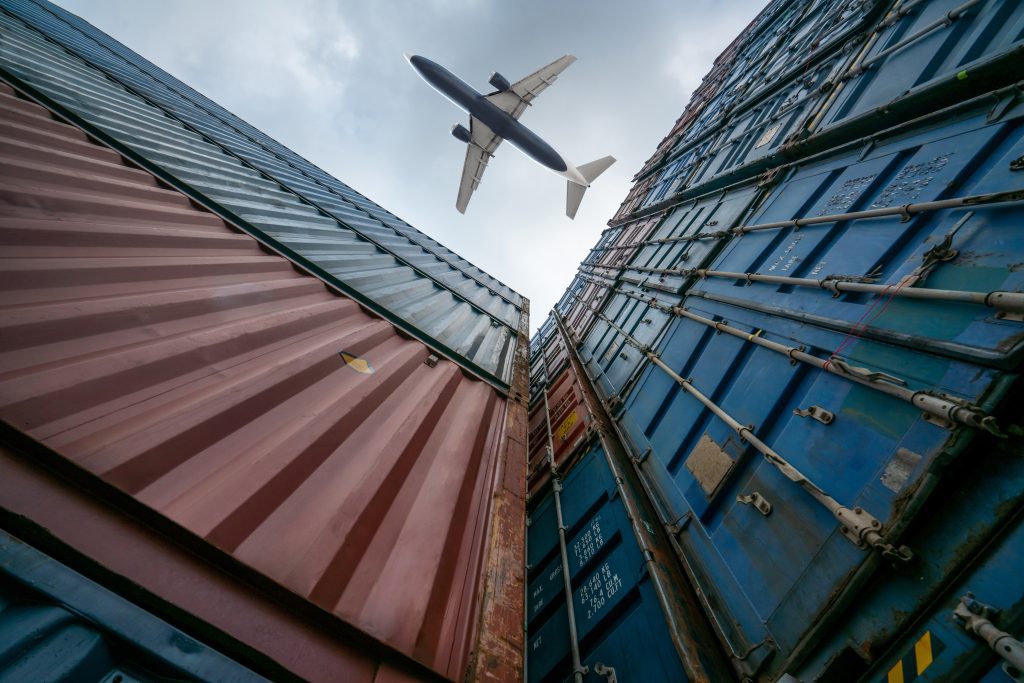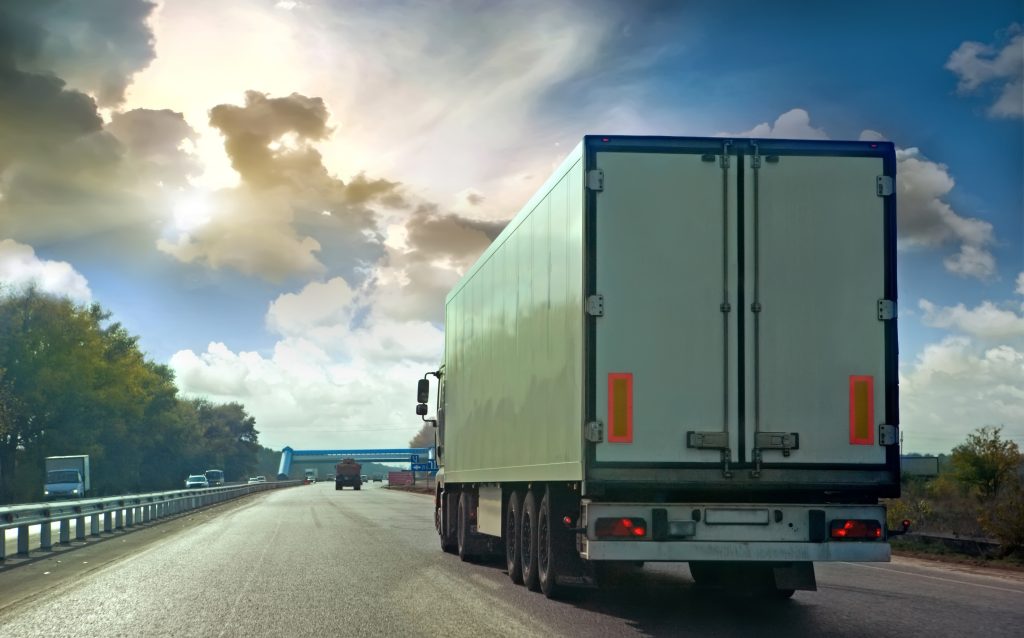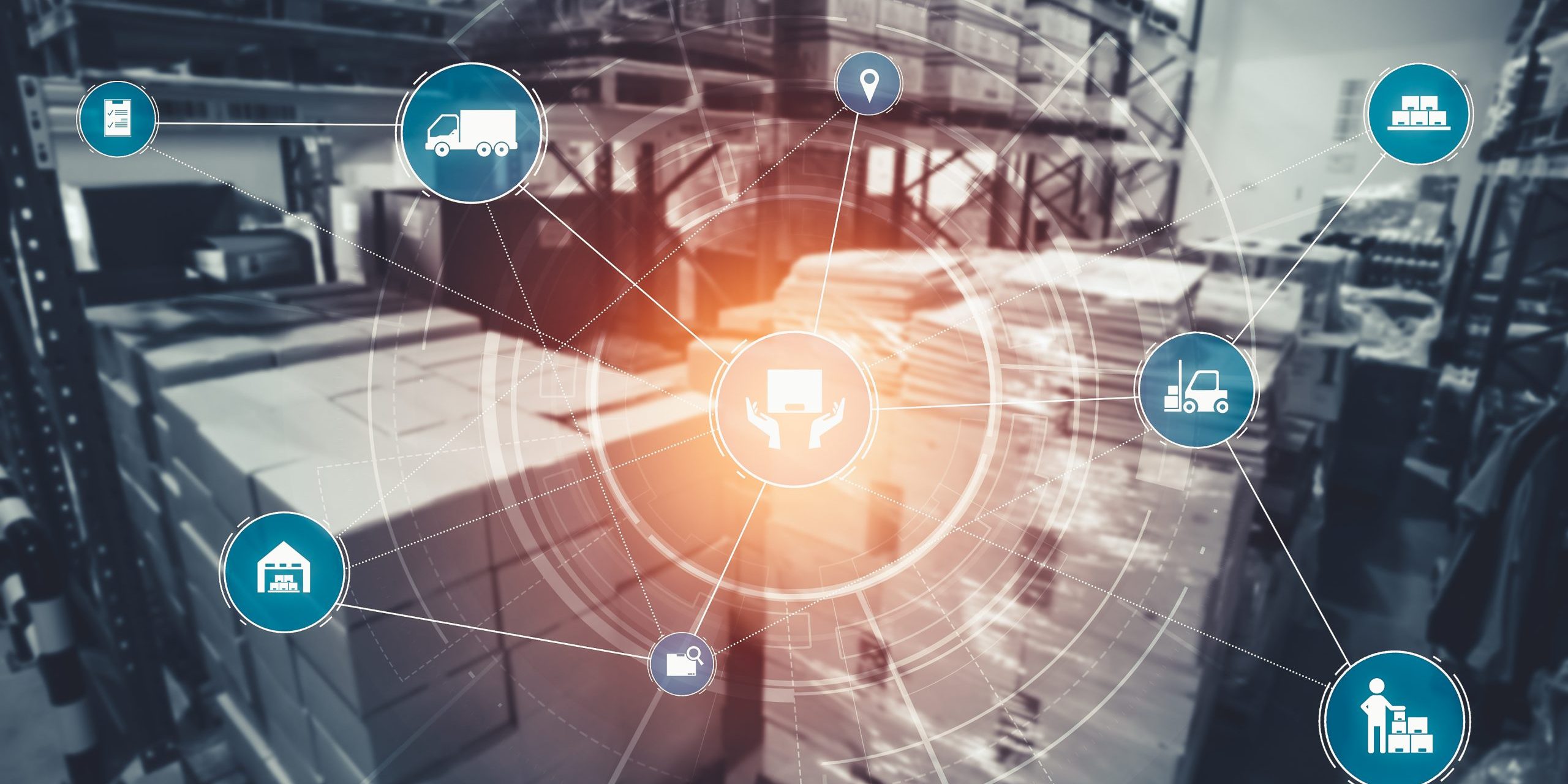No doubt you’ve heard how the world’s supply chain is being stressed like never before, resulting in shortages and delays in everything from semiconductors to cars, sneakers, exercise equipment, and more.
Understanding the potential disruptions is important — not to lay the blame, but to demonstrate the interdependency of the global supply chain. Moving goods requires precise coordination among everyone involved in the chain, including ocean carriers, ports, trucks, railroads, warehouses, and freight asset owners. As has been the case recently, a failure at any link in the chain will impact every other link.

What are those links in the chain?
A Surge of Ships
As manufacturing facilities ramped up output to replenish low inventories, the influx of products caused a sudden surge of cargo ships arriving at the ports.
Limited Unloading Capacity
With so many vessels arriving at the ports, there were more ships than there were berths (places for them to dock and offload their containers). This is one cause for delays and is the reason container ships sit offshore waiting to be unloaded.
Disrupted Unloading Processes
When a backlog of vessels overwhelms the ports’ unloading capacity, the ports can’t unload containers into stacks based on the destination as they normally would do. This creates further delays because eventually containers must be sorted by destination out of these stacks, either by the port or by a railroad at a nearby facility, essentially resulting in twice the work for this one step of the process.

Equipment and Labor Shortages
Once containers move inland, traffic surges can cause further delays. When operations are fluid, containers are unloaded from a train directly onto a chassis. However, due to labor and equipment shortages (i.e., not enough chassis available to haul away containers and not enough people to drive the loaded trucks) containers must sit at the ramp until a chassis is available. Further complicating matters is the fact that when containers can’t be moved out of an intermodal terminal (a process called “outgating”) they must instead be stacked for storage until they can be outgated. This causes additional sorting delays like those encountered at the port.
Warehouse Backups
Warehouses have also seen labor shortages as well as other constraints that cause backups. This has a ripple effect on the intermodal facility that has containers with products destined for these warehouses. When a final destination warehouse is full, that warehouse will not accept more containers. Moreover, the drayage carrier will not pick up a container from an intermodal ramp if there is no place to take the container. So instead of continuing its journey, the container will wait at an intermodal ramp until the warehouse has room for it. At the same time, when warehouses are slow to unload containers and chassis wait at the warehouse longer, the delay creates a chassis shortage at intermodal ramps, which in turn results in further delays.
Storage Constraints and Delayed Trains
When trains travel from the port to an inland location like Chicago, containers can’t be unloaded unless there is room for them at the intermodal facility. If the ramp doesn’t have capacity, trains can arrive with containers from the port, but they won’t have a place to unload them. For instance, this past summer Union Pacific was holding thousands of containers on rail cars in Chicago while ocean carriers dealt with equipment and manpower shortages and warehousing constraints that slowed their ability to outgate containers from the ramp.
Minuteman Power Technologies continues to work through these challenges – from production to transit, to quickly deliver our products to our customer’s hands. If you have any questions about product availability, please feel free to contact us at sales@minutemanups.com.


